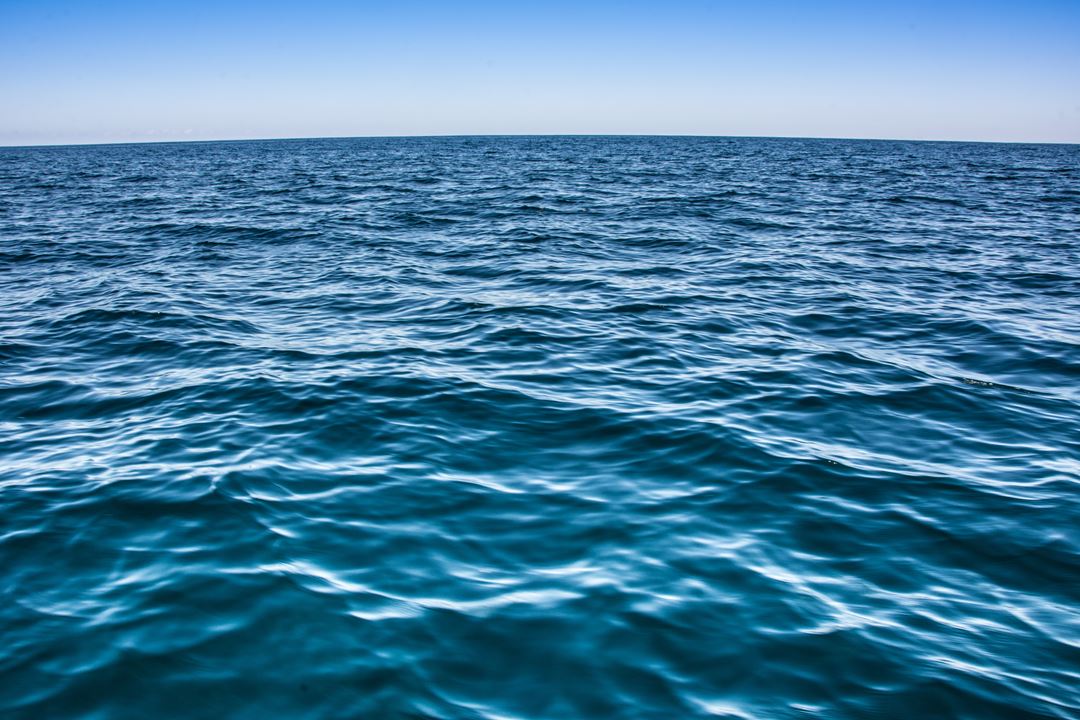The system will perform systematic search, data capture, and automatic data analysis from UAS operating in Nordic weather conditions. The motivation for this project is a system capable of detecting small objects floating at the sea surface, which will have a wide range of market opportunities in applications such as search and rescue, ship surveillance, defense, oil spill detection, and ice management operations in the far north.
Autonomous systems are game-changing for monitoring and search-type operations at sea where aerial drones can cover vast swathes of of the ocean 24-hours a day. However, for locating small objects, the challenge is that almost all imagery will contain nothing but sea, and it is painstaking work to manually sift through such material. In practice, low-bandwidth, high-cost SatCom (e.g. Iridium) also prevents the transmission of raw sensor data when operating beyond line of sight. We plan therefore to develop a sensor system with automatic data analysis that is cost-effective, and can be integrated on a UAS to enable onboard detection of specific objects, and prioritisation of data to be transmitted back to the controller. In areas where communication bandwidth is limited, this system could also enable a higher level of autonomy onboard the UAS by guiding the UAS in a circling pattern, for example, over an object of interest on the sea surface.
Further information is available from this project's entry in the “Prosjektbanken” of the Research Council of Norway.


